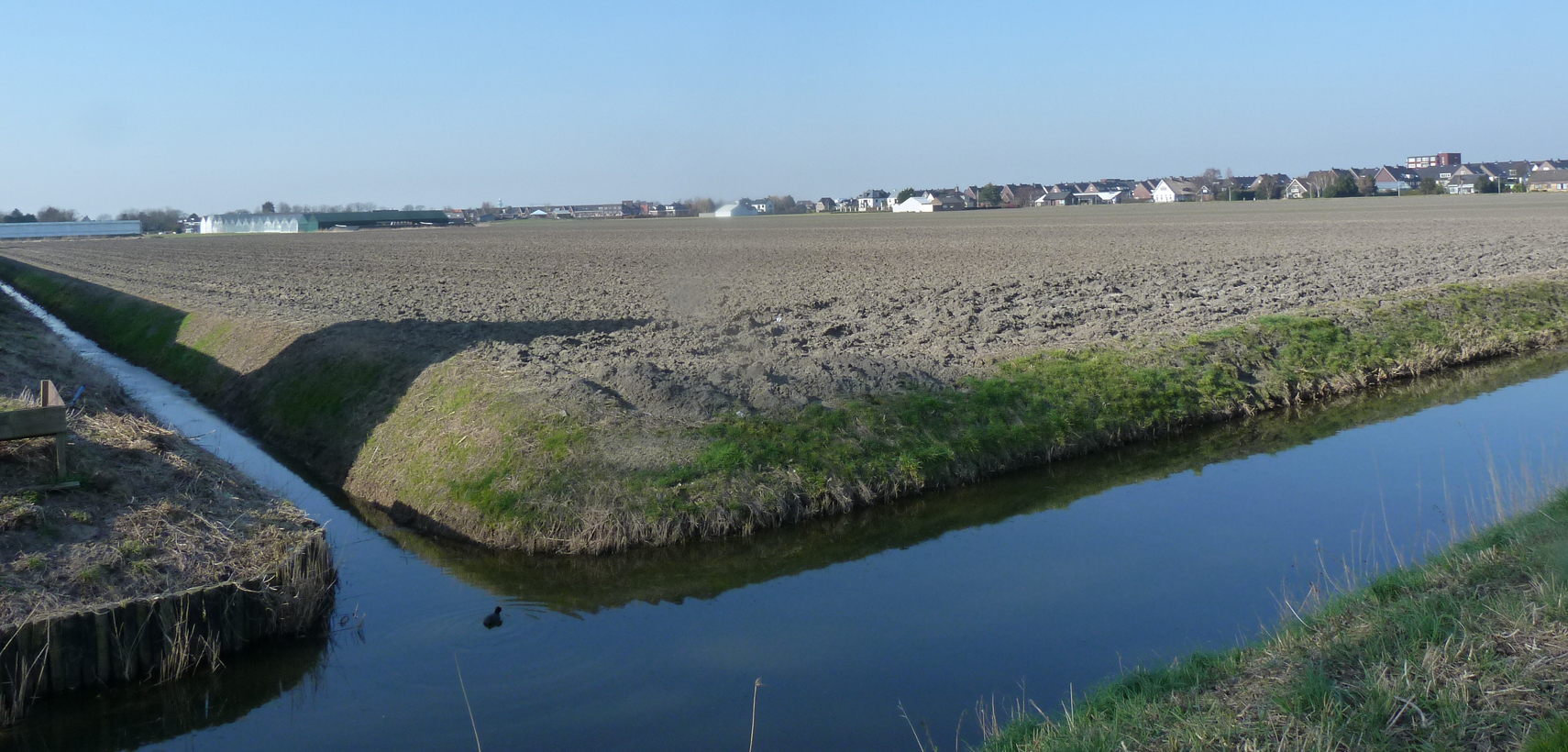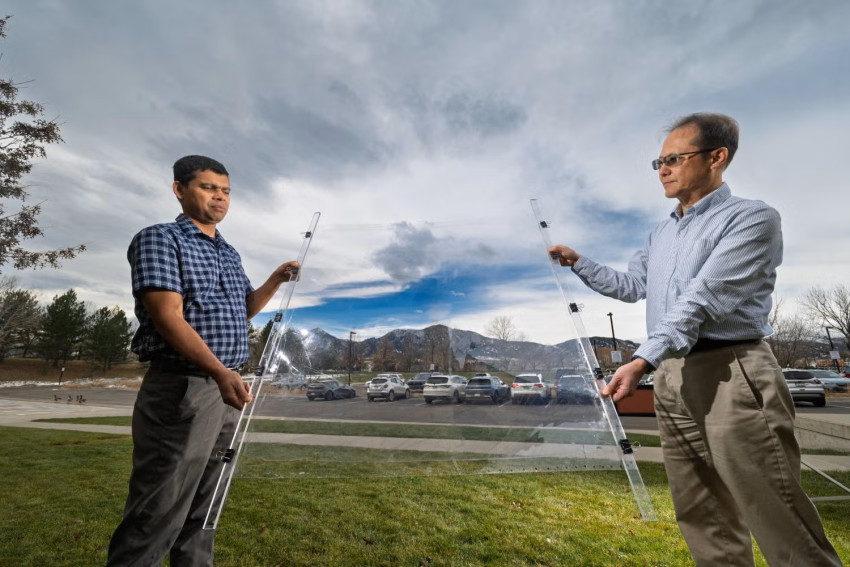
40% energy autonomy for new neighbourhood in Amstelveen
The energy autonomy of a typical residential area can be increased from 25% to nearly 40% through the flexible use of generated electricity. That’s what consultancy firm Resourcefully says about the new De Scheg neighbourhood in Amstelveen, the Netherlands.
The company used data on solar panels and electric vehicles to calculate how sustainable a planned neighbourhood in Amstelveen could be. The area in question is De Scheg, where around 700 homes will be built between 2020 and 2024. All the houses will be gas-free, and fitted with a heat pump and solar panels, but the municipality has not yet decided how many panels are needed.
On the basis of model calculations, Resourcefully has concluded that the neighbourhood can produce 40% of the energy it consumes if there are at least 50 electric cars in the neighbourhood, around nine panels per home, and the heat pumps are fitted with some 'smart' regulators. The key point is that the self-generated energy can be better utilised if energy consumption is matched to the supply generated by the solar panels. The main route to achieving this is by charging the batteries of electric cars when the sun shines, and using part of that energy during the evening.

Electric car as storage buffer
It sounds complicated and cumbersome, but according to the consultants these are conservative estimates, and developments in battery technology are moving in the right direction. 'Electric driving is rapidly becoming cheaper, leasing companies are offering more and more electric options, and used car batteries can be installed as fixed batteries in a neighbourhood. These developments are making such gains easily feasible,’ says Hugo Niesing of Resourcefully.
This report will be useful for the municipality in discussions with the grid operator, installers and architects. ‘Builders want to have a free hand in designing projects, but our report shows that sustainability ambitions can only be met if, for example, a large part of roofing is south-facing, so that has to be taken into account.' The size of the new grid connection will also be discussed.
Grid connection essential
The report also shows that the grid connection remains essential, as the neighbourhood will not be self-sufficient in terms of energy. In the winter, the grid will still be needed to supply energy, while in the summer the neighbourhood will generate more energy than it needs. 'A lot of extra energy is generated even on a small neighbourhood scale, so just imagine if this system was implemented in lots of other places in the Netherlands,' says Niesing. ‘Energy autonomy is possible for eight months of the year, but the rest of the time some power has to be sourced elsewhere. The only way to avoid that is to start thinking about things like wind turbines in the neighbourhood.'
If you found this article interesting, subscribe for free to our weekly newsletter!

Opening photo: future view of the new neighbourhood in Amstelveen. Illustration: Atelier Dutch.






